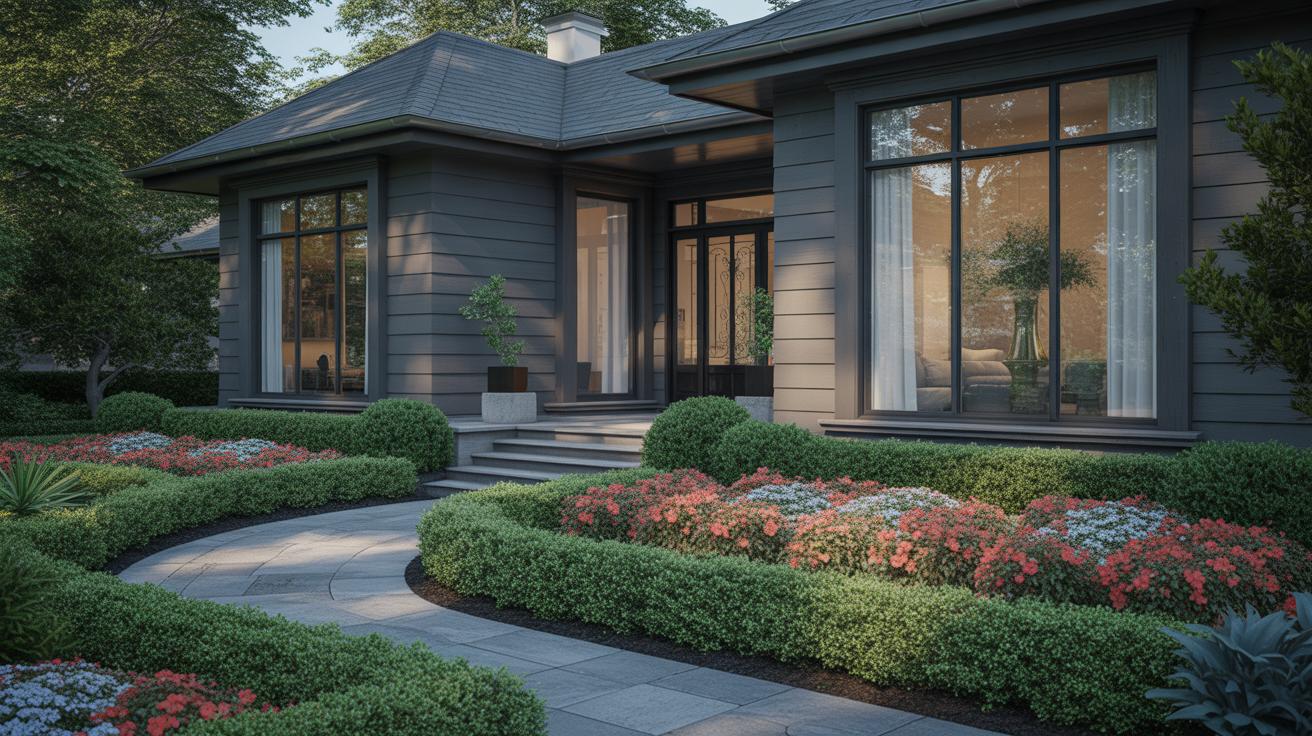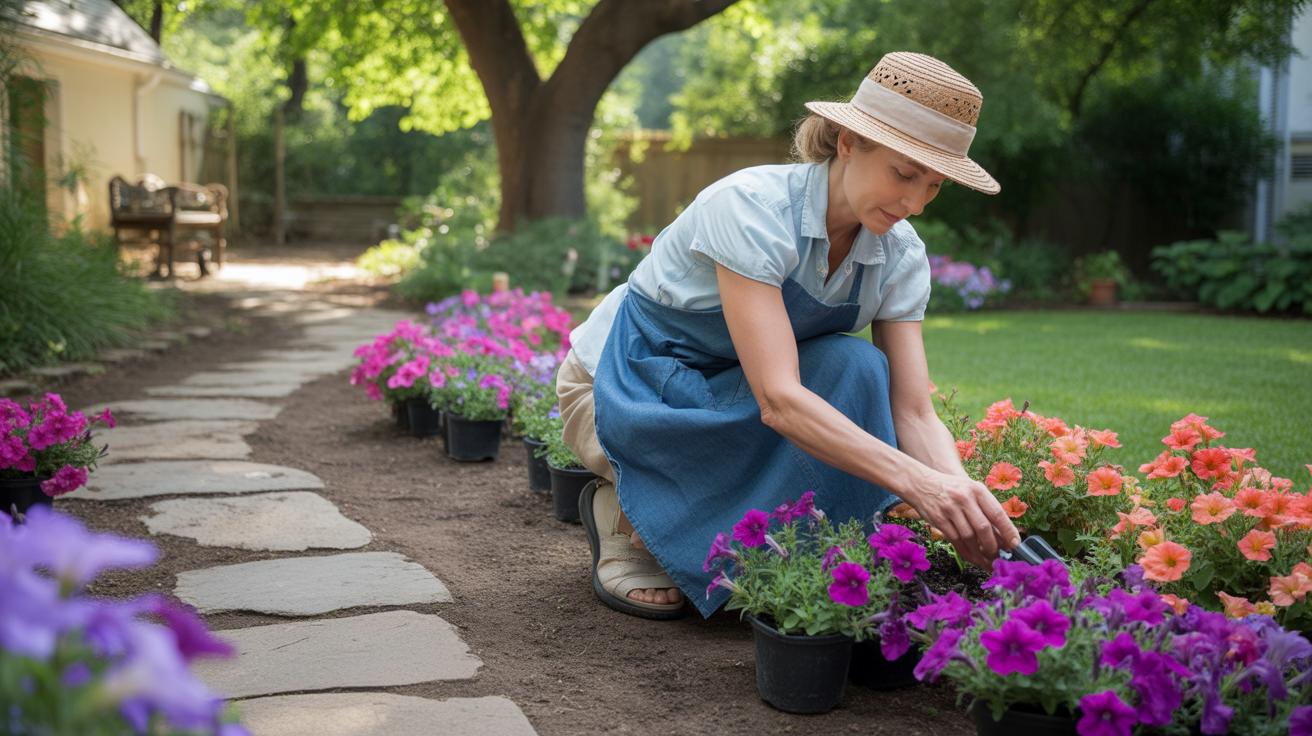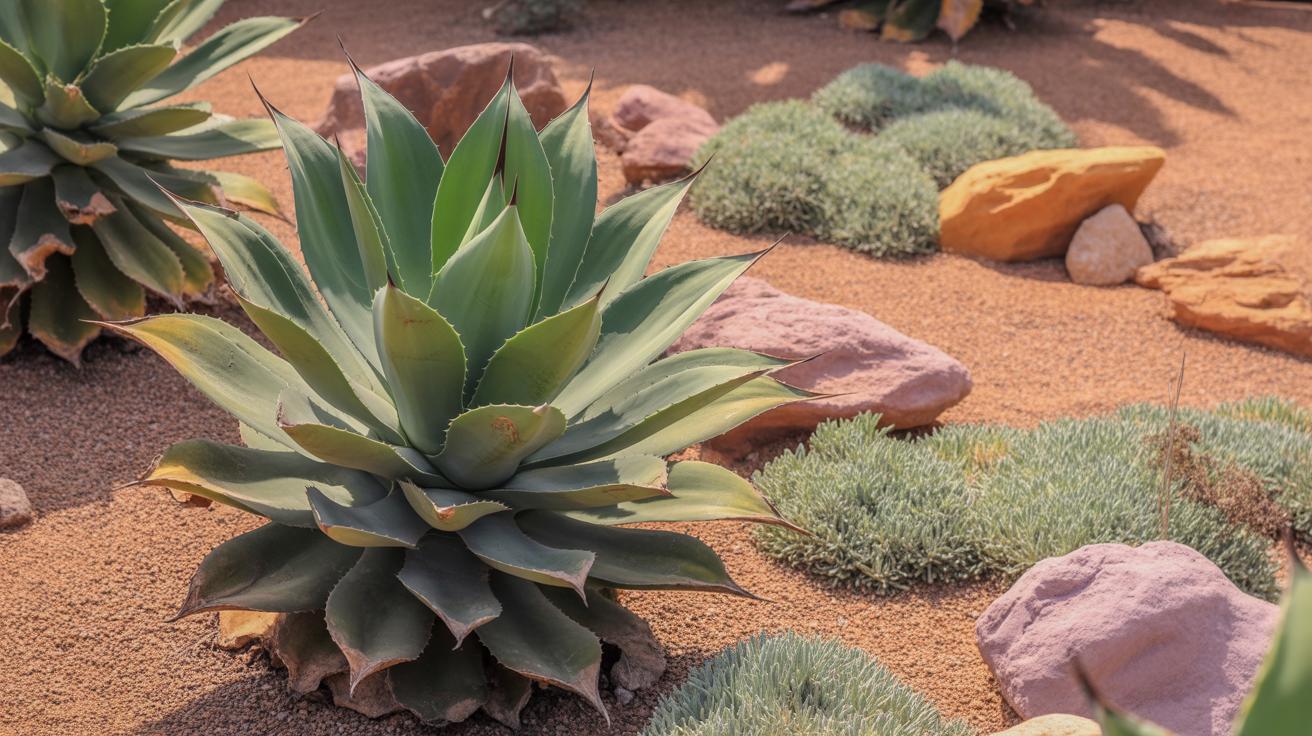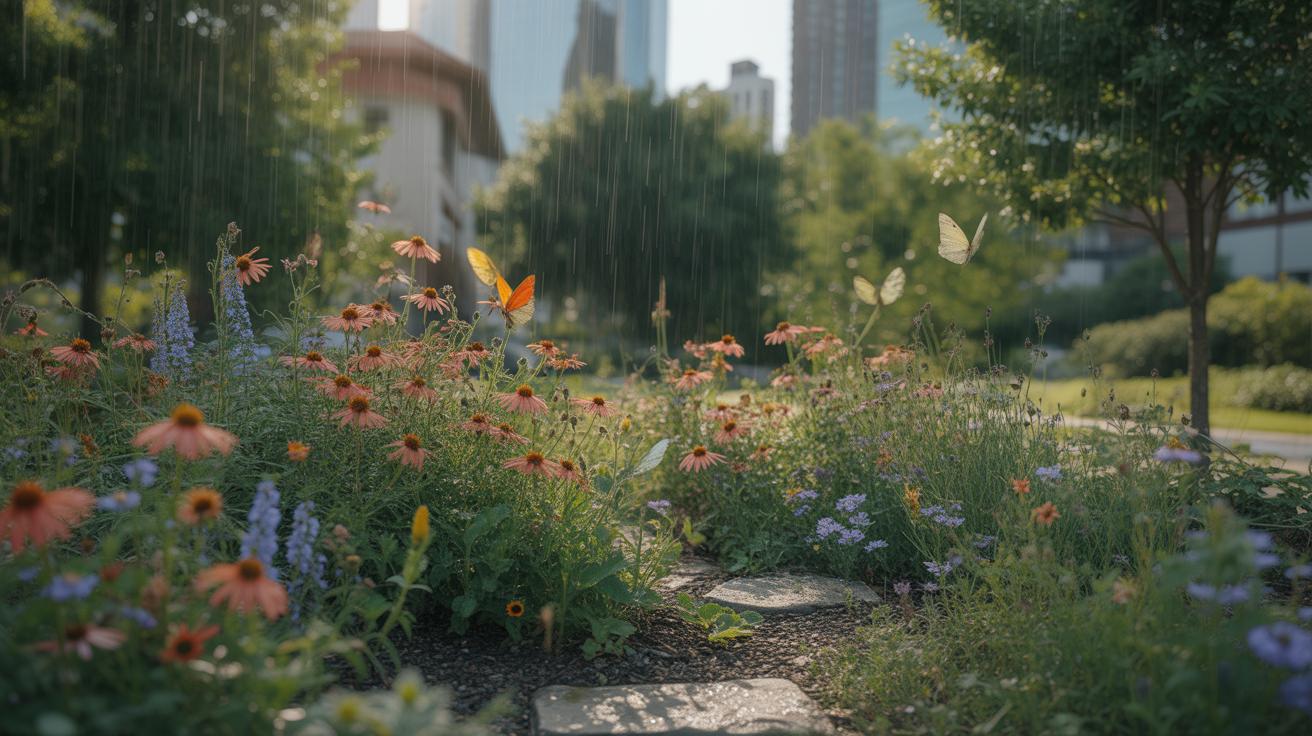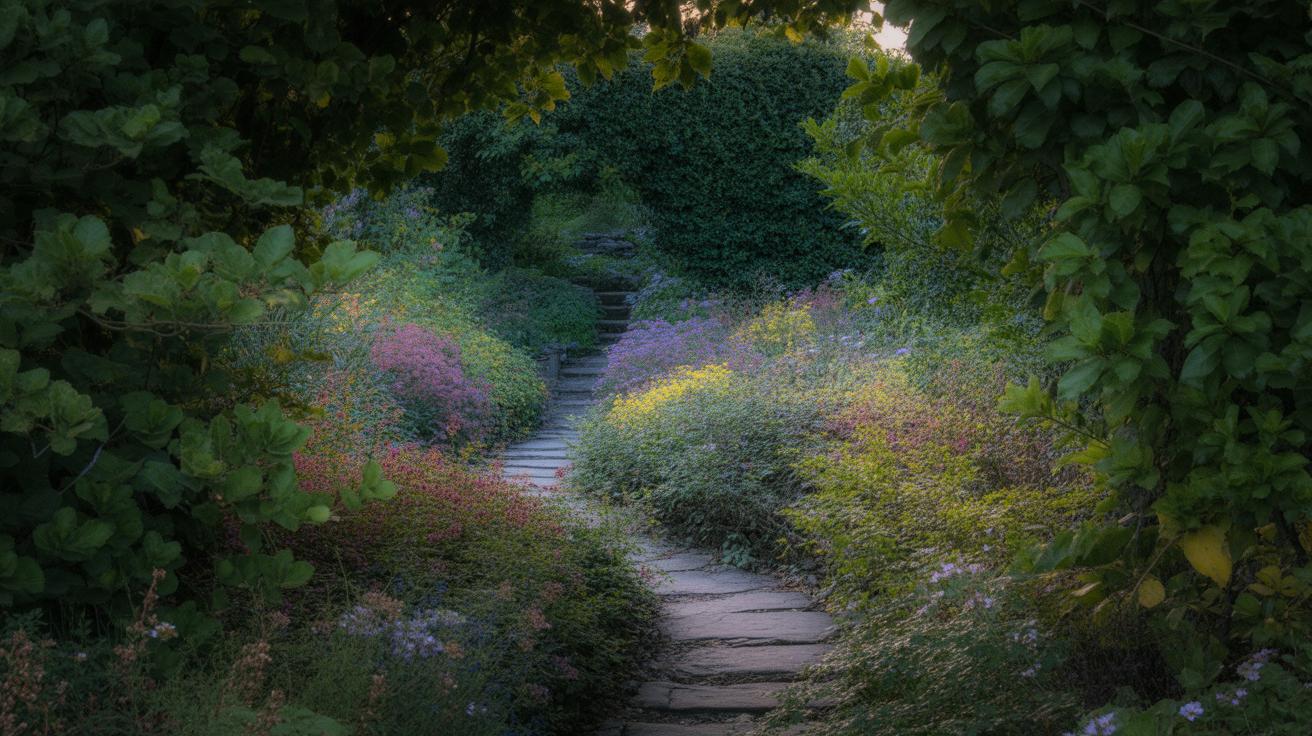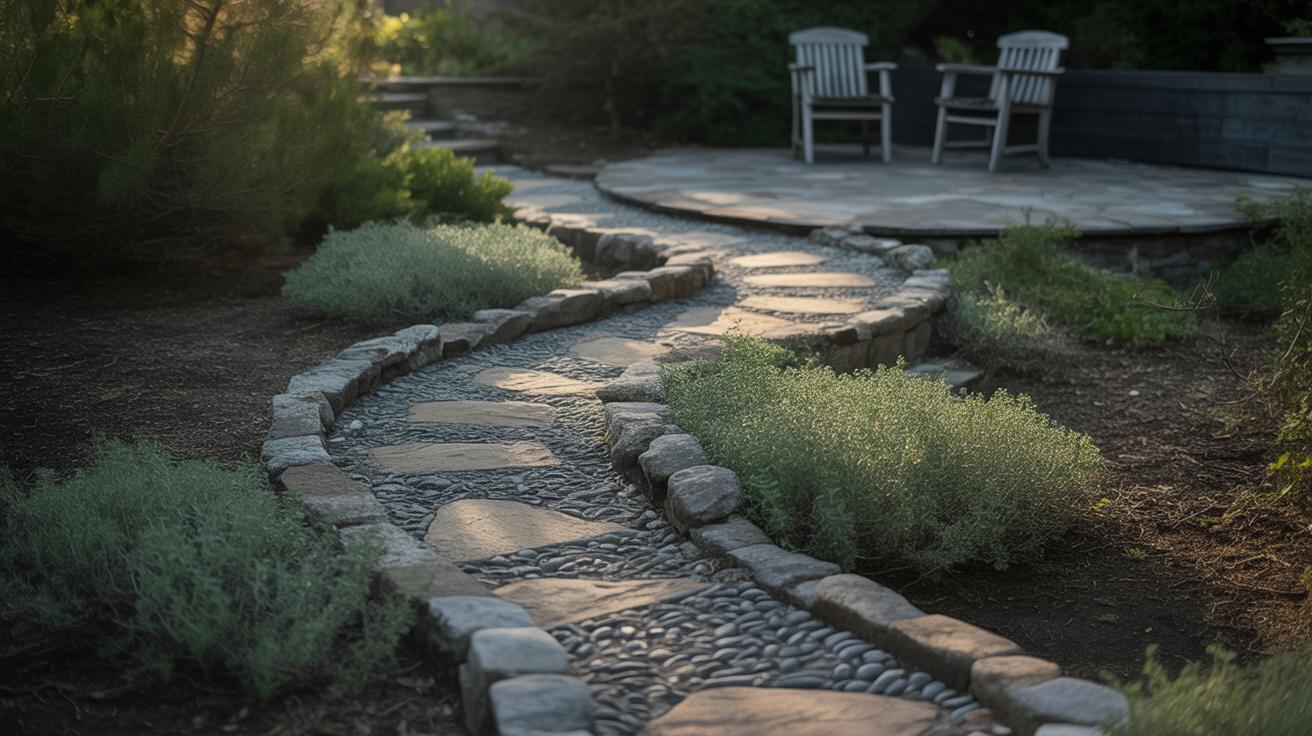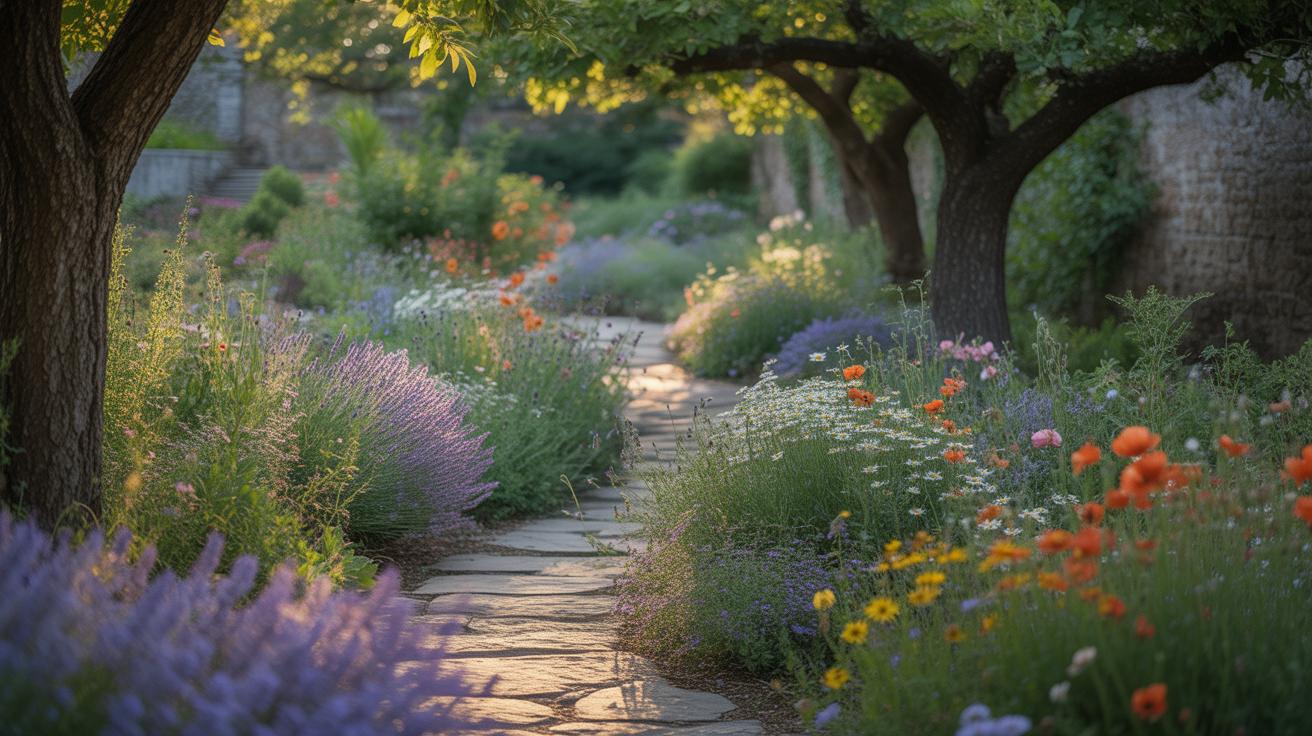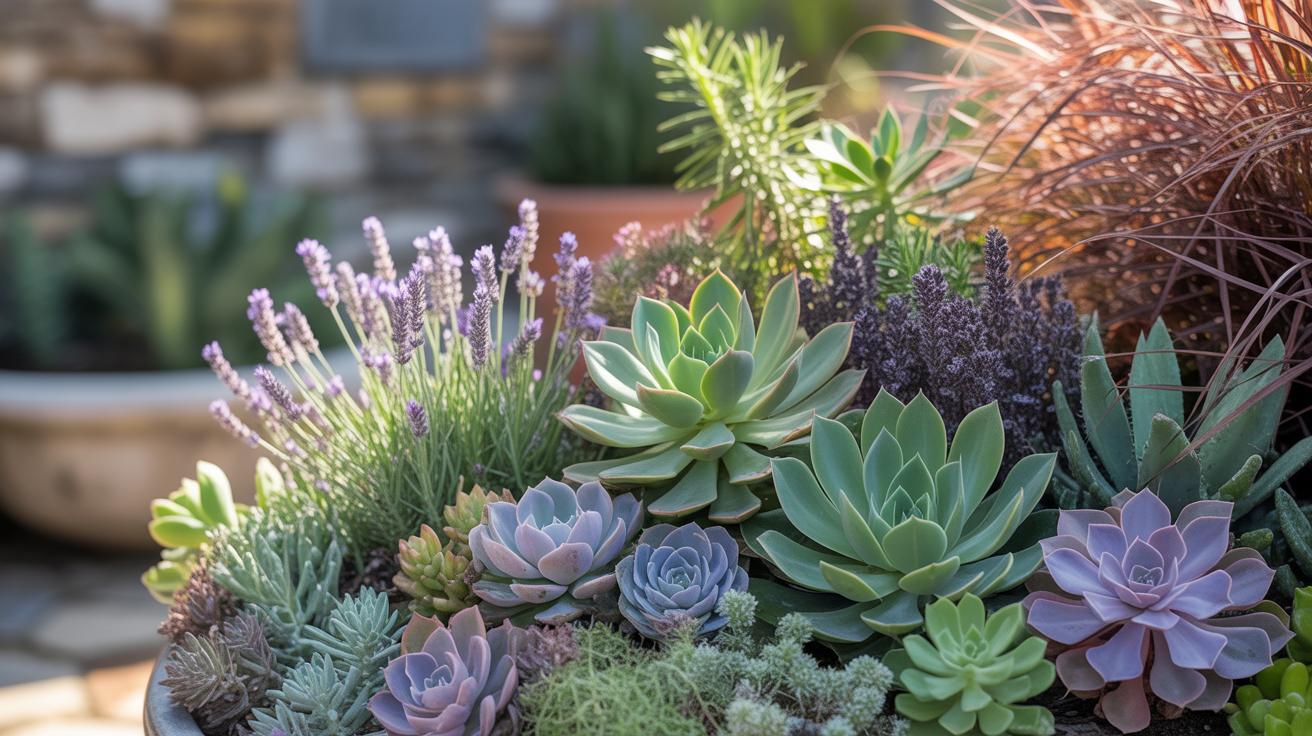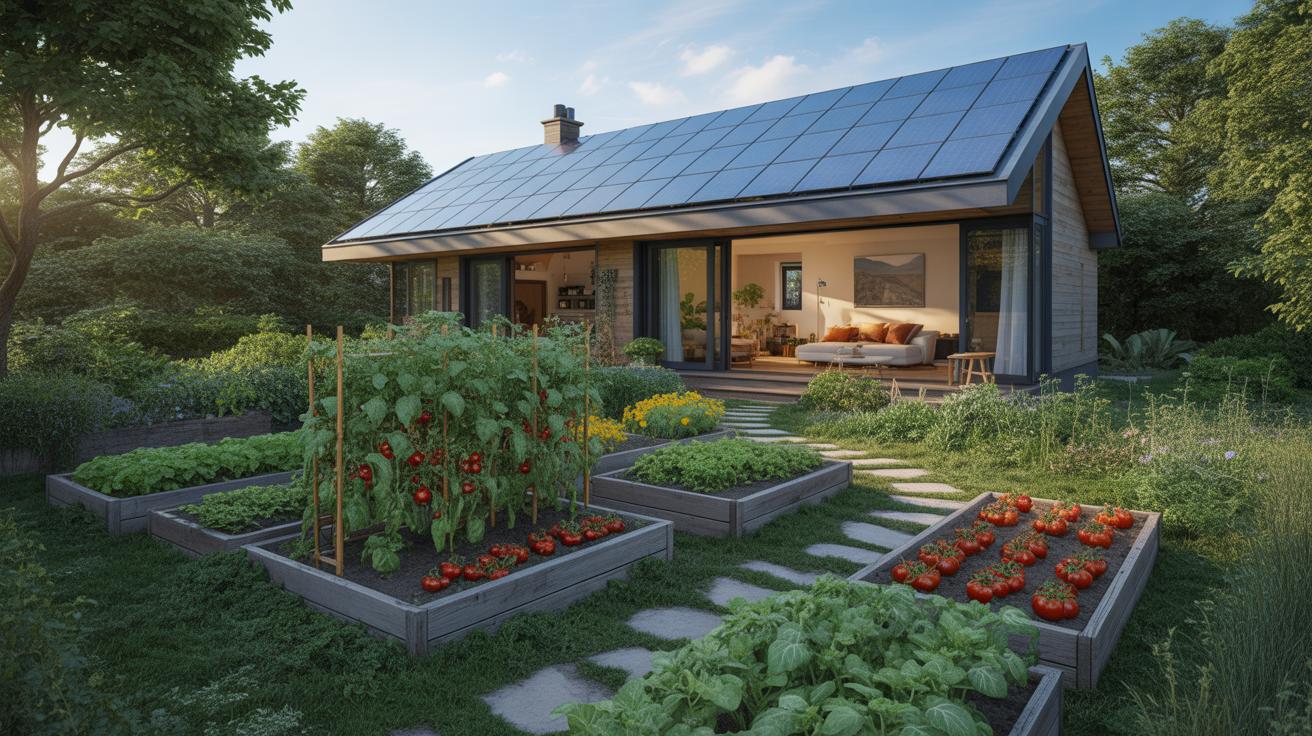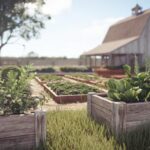Introduction
Front landscaping shapes the first impression of your home. It reflects your style and affects the curb appeal of your property. With smart choices and a good plan, you can turn your front yard into a welcoming and attractive space that stands out.
This article explores front landscaping ideas that can help your home stand out. We’ll guide you through practical tips and design principles to make your front yard both beautiful and functional. Whether you want to add simple touches or transform your entire garden, these ideas will help you create a front landscape that catches the eye.
Understanding Front Landscaping 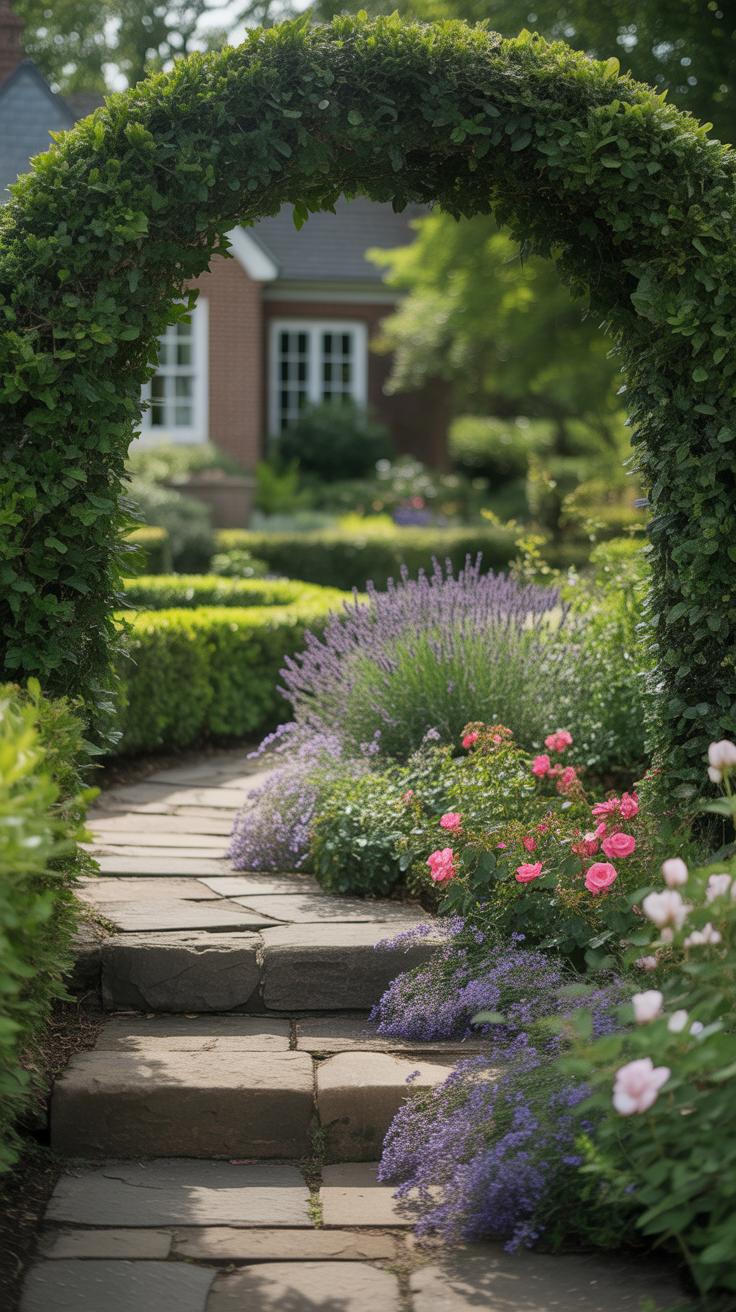
What Front Landscaping Means
Front landscaping refers to the design and arrangement of outdoor features that directly face the street or main entrance of a home. Unlike backyard landscaping, which often focuses on privacy and relaxation, front landscaping serves a different purpose — it shapes the first impression visitors or passersby get. It’s what makes the entrance inviting or, sometimes, unwelcoming.
This area includes elements like plants, pathways, lighting, and hardscaping features such as walls or fountains. Each of these parts plays a role in creating a coherent look that either draws people in or leaves them feeling indifferent. So, front landscaping isn’t just about pretty flowers; it’s about crafting an entry that says something—perhaps quietly, but still clearly—about the home behind it.
Why It Matters for Your Home
Spending time on your front landscaping has several practical benefits. Visually, it can lift a home’s presence and give it personality that might otherwise be missing. I’ve noticed neighbors suddenly look at a house differently once the front yard gets attention. It could also indirectly boost your property’s value by making it more appealing to potential buyers — and yes, that extra value can be surprising.
On a personal level, a well-designed front space can enhance your daily experience. Coming home to a place that looks cared for feels good, even if the rest of your day was hectic. It raises your home’s identity in the neighborhood, making it feel less anonymous or forgotten. So, investing time here can yield returns in pride and comfort that you might not expect at first.
Core Design Principles
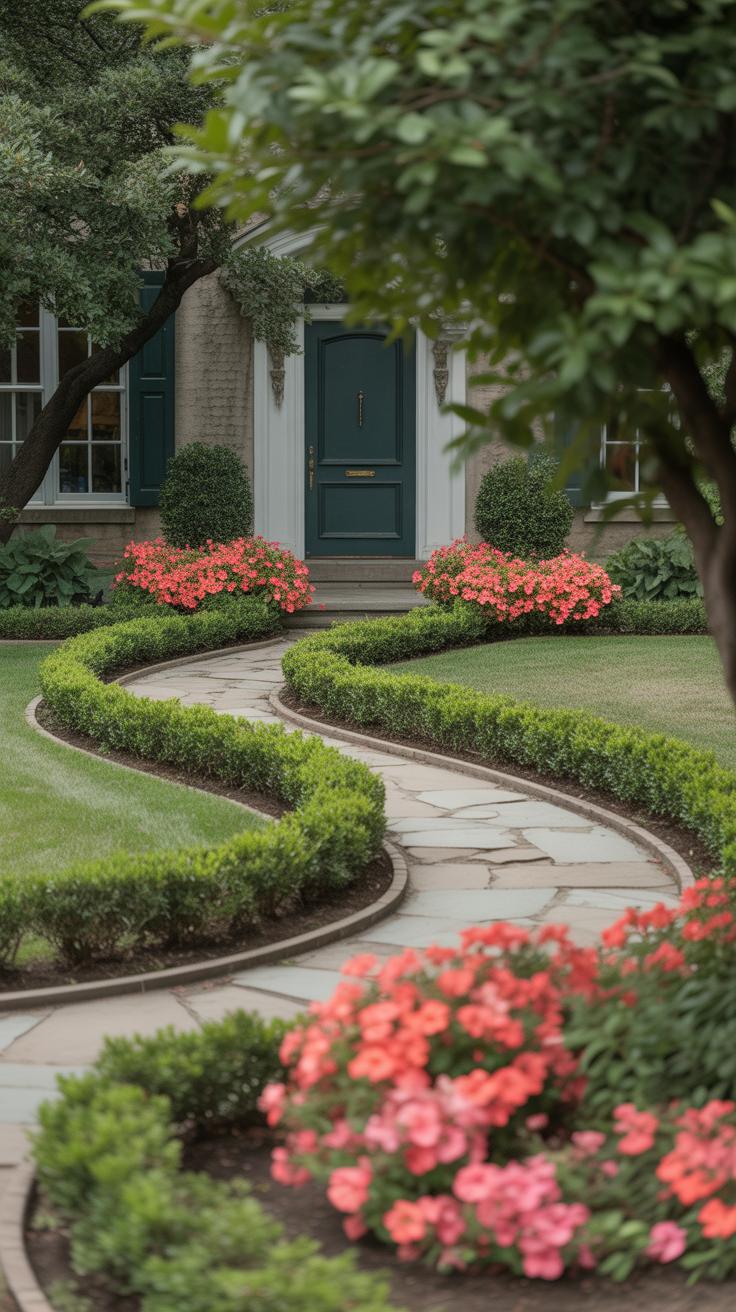
When shaping your front yard, some basic design principles can make all the difference. Balance, for example—that subtle feeling when things just seem to fit together. You don’t always need perfect symmetry, but having one side of your yard echo the other, maybe through similar plants or shapes, creates a calming harmony. Think of a pair of small trees framing your doorway; they don’t have to be identical but should feel related.
Then there’s scale, which is about size and proportion. It’s tempting to plant giant shrubs near your front steps, but oversized features can overwhelm a smaller yard. Imagine a tiny cottage overshadowed by huge bushes—things just look off. Matching plant height and furniture size to your yard keeps everything feeling natural. Sometimes, a small bench or modest flower bed fits better than anything grand.
Contrast jumps out in color and texture. Bright flowers against dark leaves, or rough bark next to soft greenery, draw the eye. A neat burst of white blooms next to deep green foliage, for instance, can feel surprisingly lively—but too many clashing colors might confuse the gaze. It’s a balancing act, really.
Lastly, space plays quietly but firmly. Leaving some open ground or gaps between plants avoids a crowded feeling. It lets each element breathe and be noticed. Isn’t it interesting how a little empty patch can make your garden feel larger? Crowding can smother design intention, so careful spacing keeps things inviting.
These ideas blend together. How might you experiment with balance or space in your own front yard? Maybe start small—try a contrasting plant or adjust spacing—and see what feels right. There’s no single formula, just what works for your home’s unique entrance.
Planning Your Front Yard
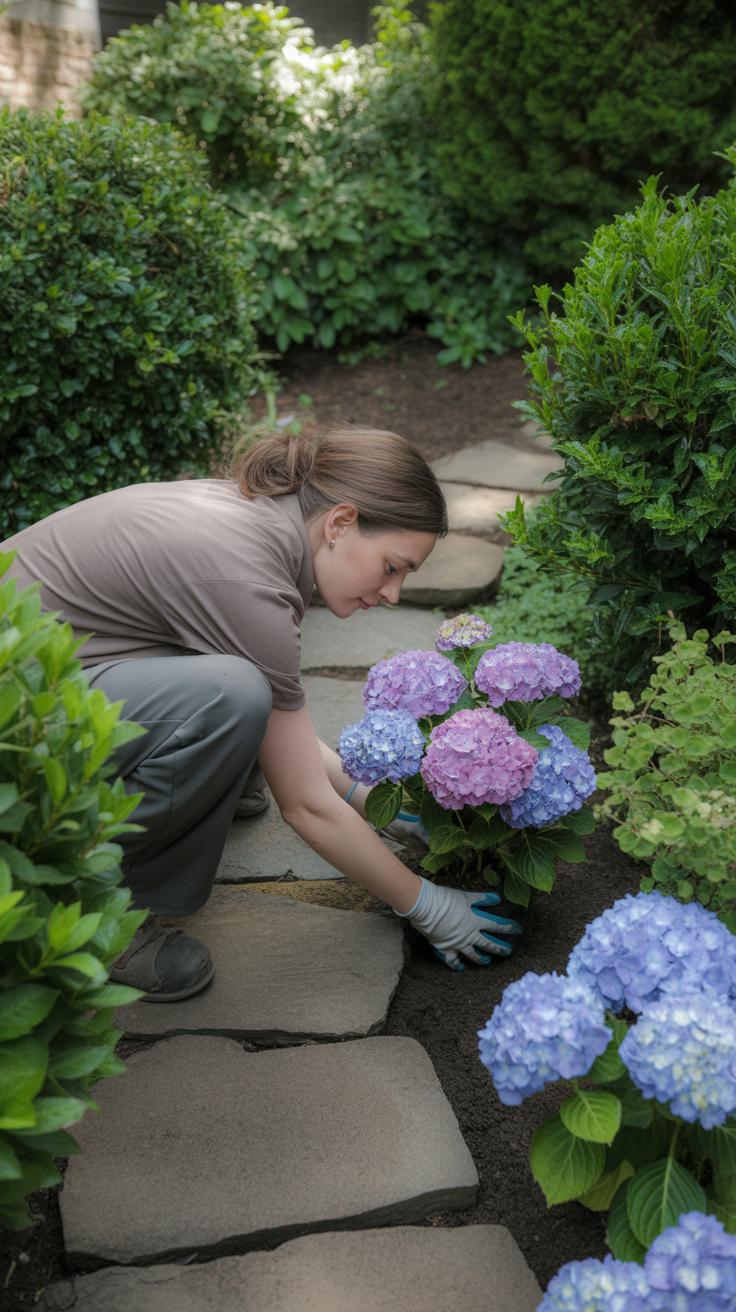
Assessing Your Space
Before diving into ideas, take a careful look at your front yard. Grab a tape measure and jot down the exact dimensions. You might find that what you thought was a big space isn’t quite as generous once measured.
Notice where the sun shines and for how long. Some areas might bask in full sun all day, while others stay in shade or something in between. This affects what you can grow and how you set up features.
Pay attention to your soil type. Is it sandy, clayey, or loamy? Try a basic soil test or just observe how water drains after rain. Existing plants can tell you a lot too. Are there trees or shrubs already? Which ones seem healthy, which don’t?
Setting Clear Goals
Think about what you really want. Maybe you want a space that looks appealing but doesn’t take much time to maintain—or maybe you want paths that guide visitors naturally to your door.
Ask yourself how you use the space. Do you want a garden that feels welcoming for guests? Or a small sitting area? Will you need space for deliveries or parking? This can help decide if you add more pathways, flower beds, or keep things open.
Sometimes goals conflict. You might want lush greenery but prefer low maintenance. It’s okay to tweak ideas until priorities feel right. What matters most might change as you experiment with layout and features.
Choosing Plants Wisely
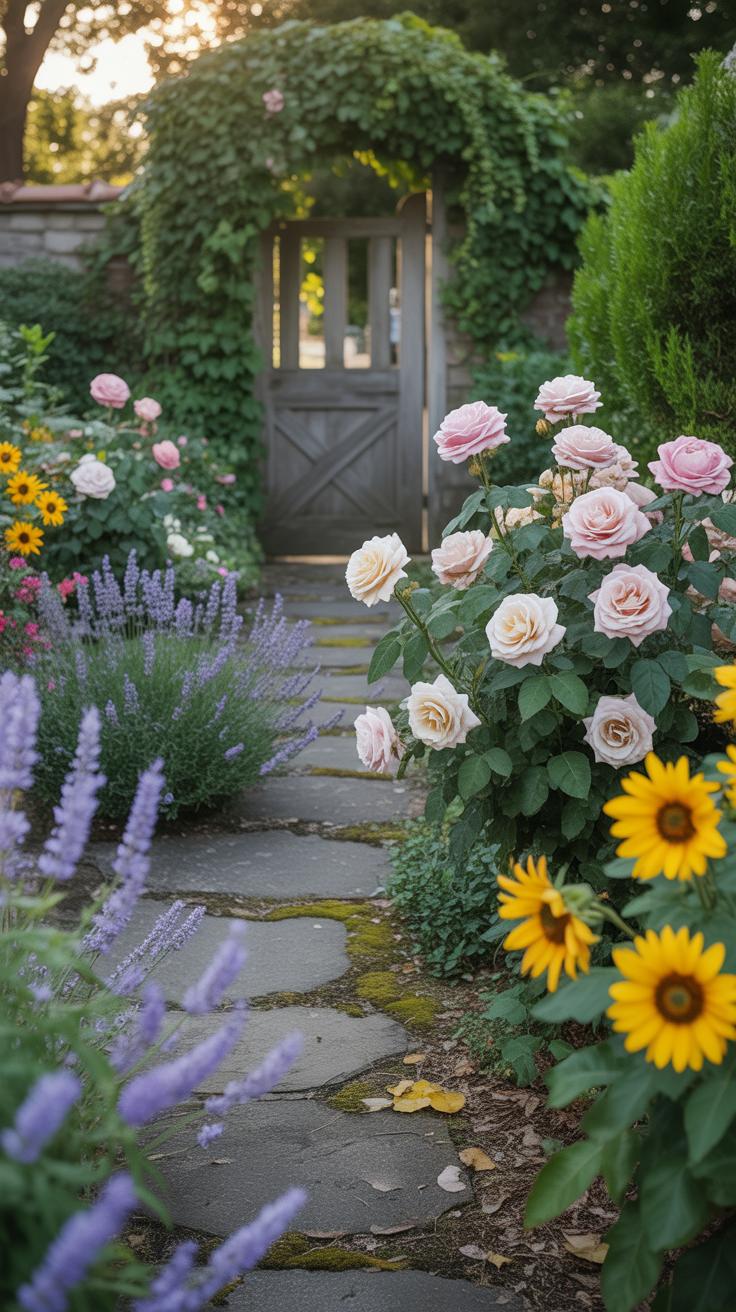
Picking the right plants for your front yard isn’t just about what looks nice. It really comes down to understanding your local climate and soil. You want plants that don’t just survive but actually thrive. If you try to force something that’s not suited to your conditions, you’ll probably end up frustrated.
Think about mixing evergreens with flowering plants. Evergreens hold their color and shape all year, which is nice when everything else fades away. Flowering plants add bursts of color and life, but their blooms won’t last forever. Together, they keep your yard interesting no matter the season.
Check your soil type first. Is it sandy, clay-heavy, or somewhere in between? Some plants hate soggy roots, while others don’t mind a bit of moisture. Then, notice how much sun hits your yard and when. A plant that loves full sun will struggle in shade, and vice versa.
To create constant appeal, consider plants that bloom at different times. This way, you get color or texture year-round. For example:
- Early spring bulbs like crocus
- Summer perennials such as coneflowers
- Fall bloomers like asters or chrysanthemums
- Evergreens including boxwoods or hollies
This overlap ensures there’s almost always something catching your eye. Sometimes, I’ve found layering plants this way means you spend less time redoing your beds and more time actually enjoying them.
Adding Hardscape Elements
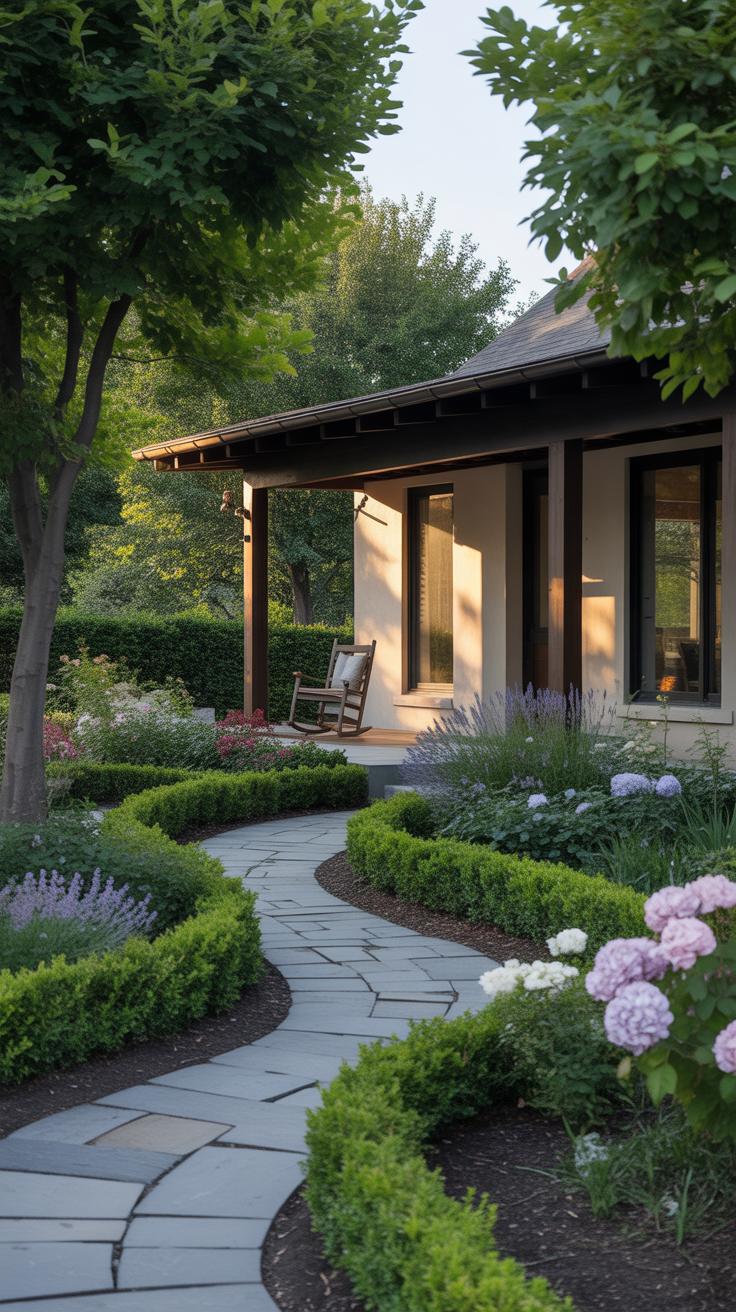
Hardscape features like pathways, walls, and lighting give your front yard a clear structure. They don’t just look good; they help guide everyone who comes to your home, directing footsteps and drawing the eye toward entrances or garden highlights.
Paths and walkways can change the feel of your entry completely. You could go for straight, simple stone slabs for a modern vibe, or winding brick paths that invite a slower, more thoughtful approach. Both materials age well, but brick sometimes feels warmer, while stone feels a bit sturdier. If you’re unsure, try mixing them or setting bricks in a simple pattern in between stones.
Lighting does more than keep the place safe by illuminating steps and walkways. It creates a mood—you can highlight plants, walls, or decorations with soft glows or sharper spots of light. Solar options are easier but less reliable, while wired lights need more installation effort but last longer and shine brighter.
Decorations, like small statues, pots, or even a bench, personalize the space. They make it feel less like just a yard and more like an experience. Though too many might clutter the area, a few well-chosen pieces add character and charm that says, “This is home.”
Maintaining Your Front Yard
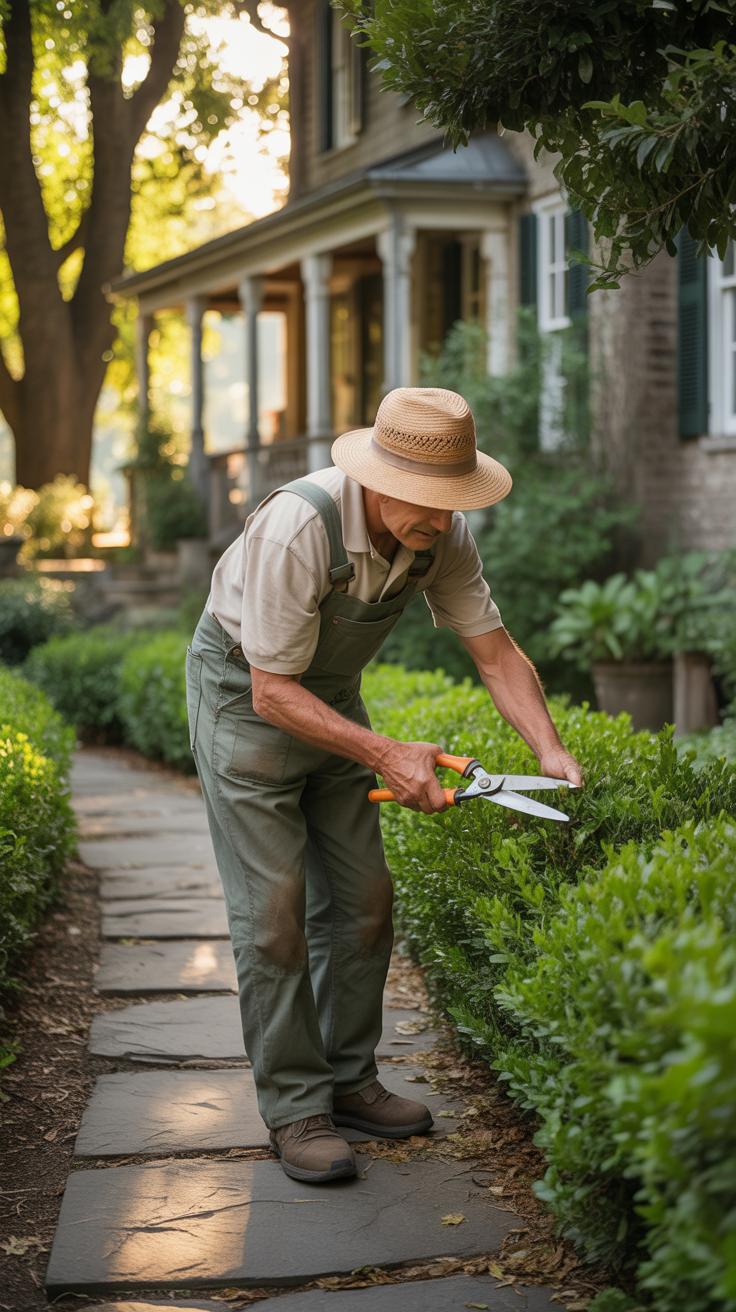
Simple Maintenance Tasks
Keeping your front yard looking good isn’t as tricky as it might seem. The basics—watering, pruning, weeding, and cleaning—go a long way. Water regularly, but not too much; many plants don’t like soggy roots. Prune shrubs and flowers to encourage healthy growth and keep shapes tidy. Weeding is tedious but necessary—those unwanted plants can quickly take over smaller beds if ignored. Take a little time to clear leaves, dirt, and debris from pathways and patios. When hardscape areas look clean, the whole yard feels cared for. It’s amazing what a sweep or hosing down can do.
Easy Daily Care
Daily upkeep can be simple, almost automatic once you get into a rhythm. Water in the early morning or late evening to reduce evaporation. Pull dead leaves off plants—you’d be surprised how much that freshens the look. Pick up fallen branches or bits of trash. It only takes minutes, but it prevents bigger messes later. Even a quick glance each day helps you spot problems before they worsen. You might catch a drying patch or a wilting flower early, which saves work down the road.
Seasonal Upkeep
Each season asks a little different from your yard. In spring, feeding plants with fertilizer boosts growth as they wake up. Summer needs consistent watering and sometimes extra pruning to keep things from getting leggy. When fall arrives, clearing fallen leaves and preparing plants for colder months matters. Come winter, protect delicate shrubs from frost with burlap wraps or mulch at the base. You might not need to do much during the coldest days, but checking on the yard occasionally helps you avoid surprises when spring returns. Do you find yourself forgetting seasonal tasks, or keeping them relies on whatever energy you have that week?
Improving Curb Appeal
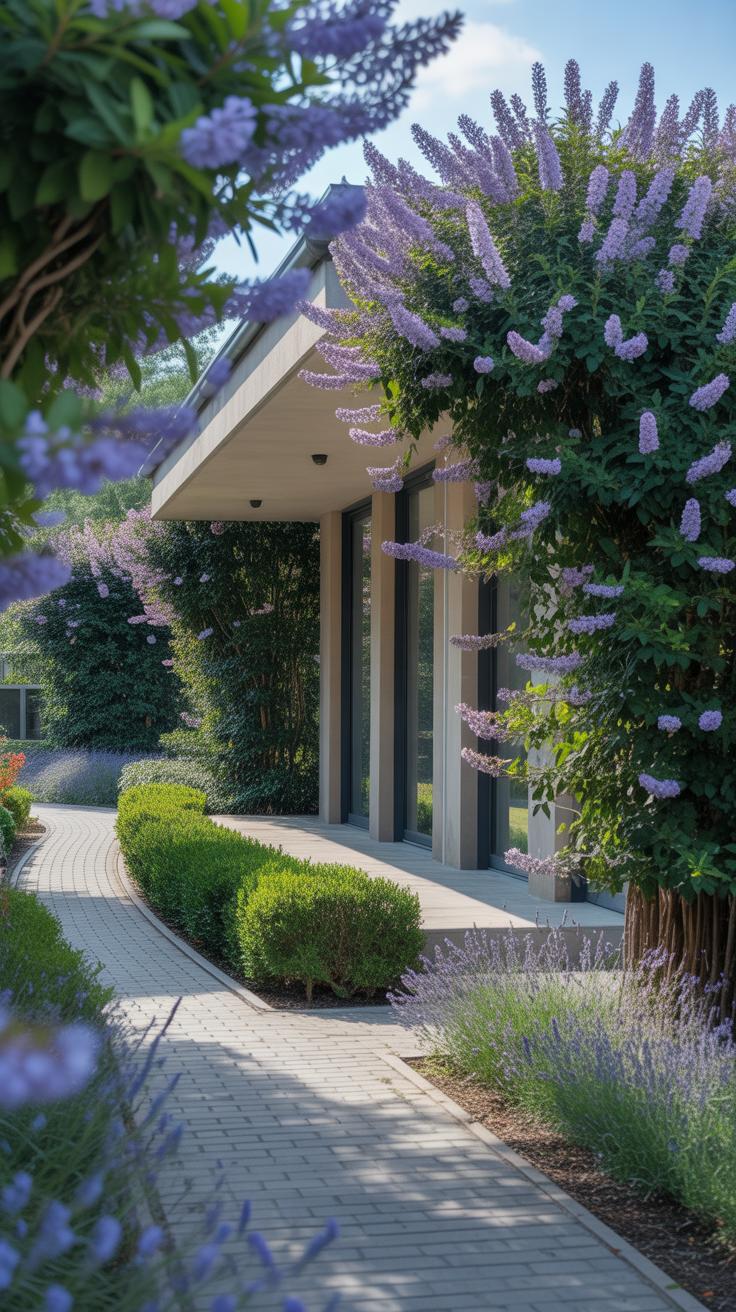
First impressions really do count. When someone pulls up to your home, the entry sets the tone. Even something as simple as giving your front door a fresh coat of paint can make a noticeable difference. I’ve seen homes where that one splash of color suddenly made everything feel more inviting, like the house itself was saying, “Welcome.” A clean, well-maintained door sends a message that the home is cared for. It’s such a small step—yet, it influences how visitors and passersby see your place.
Along with painting, adding a welcome sign can create a warm touch. You don’t need anything fancy. A hand-painted board or a neat metal plaque can do the trick. It shows a bit of personality while softly drawing the eye toward the entrance.
Trimming bushes is another straightforward way to up the appeal. Overgrown shrubs can block windows, paths, or even the door itself. Tidying them not only makes the front yard look orderly but also improves visibility and light around the entrance. I guess it’s like giving the house a haircut—sometimes just a trim makes the whole thing look sharper.
If you want a few quick, budget-friendly updates that often get overlooked, here are some ideas worth trying:
- Paint or stain the front door in a color that complements your home’s exterior.
- Add simple, tasteful welcome signs or planter boxes near the entrance.
- Trim and shape bushes and hedges to keep them neat yet natural.
- Clean the porch, walkway, and front steps to remove dirt and leaves.
- Replace outdated or worn-out hardware like door handles or house numbers.
These tweaks don’t take long, yet they can instantly elevate the whole look. Is there a small change you’ve been thinking about but haven’t tried? Sometimes the biggest impact comes from the smallest nudge. It’s curious how just a few practical steps can shift the way your home feels from the outside.
Creating a Personal Style
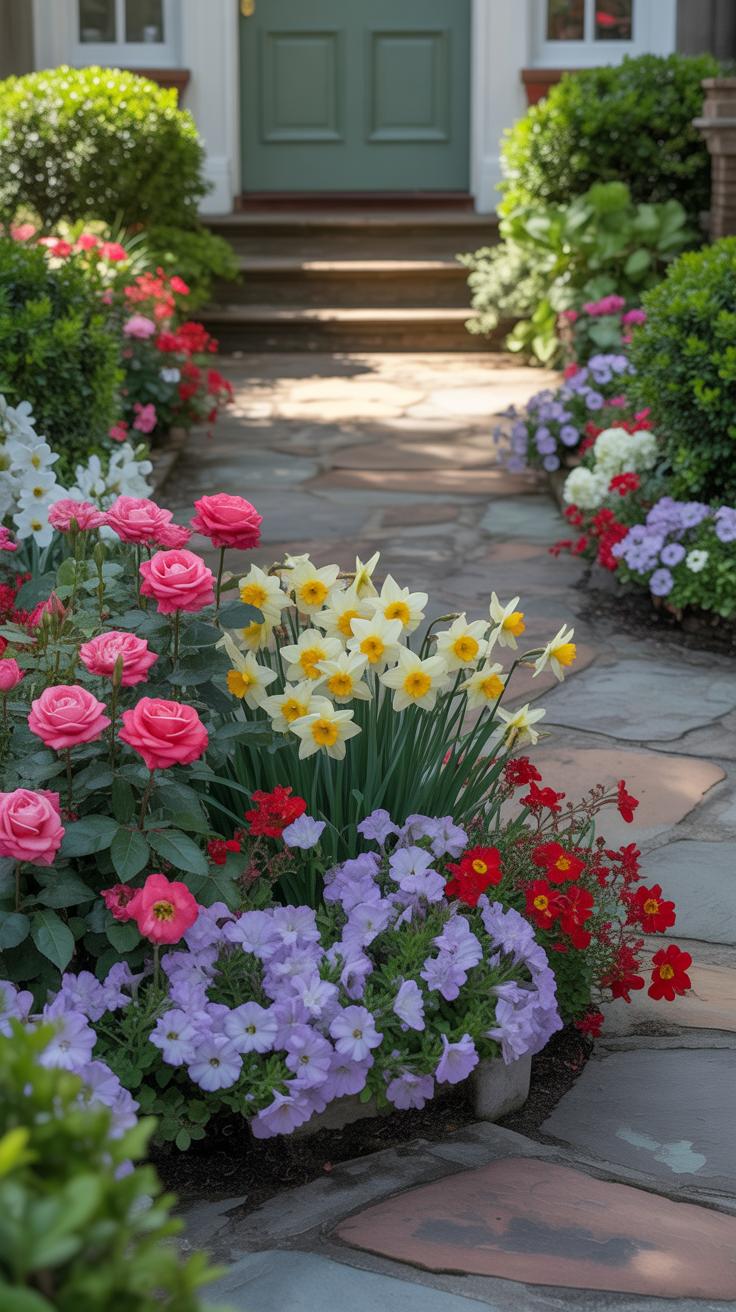
Choosing a front yard design that feels like your own can be surprisingly tough. You might be drawn to a modern look with clean lines and minimalist plants, or maybe you prefer something classic—think symmetrical shrubs and neat flower beds. Or there’s the natural approach, where plants grow a bit more freely, almost like they belong to the environment rather than being forced into place.
Don’t rush to pick a style just because it’s popular or looks good in magazines. Take a moment to consider what fits your home’s architecture and, more importantly, what feels right to you. Do you enjoy simplicity or do you want your garden to tell a story? Are you someone who likes order or do you prefer a little unpredictability in your green space?
Once you have a rough idea, you can start adding personal touches. Maybe a few unique garden ornaments, like an old wheel or a quirky sculpture. Or perhaps bright, colorful plants that catch your eye—something unexpected that breaks the routine.
Lighting offers another chance to show personality. A soft glow near a pathway or spotlighting your favorite tree at night can give just the right mood. Don’t be afraid to experiment; your front landscaping doesn’t have to be perfect, just yours. What small details could you add that only you would think of?
Conclusions
Your front yard is a key part of your home’s look. Smart landscaping choices can boost its appeal and create a warm, inviting space. Using design principles like balance and contrast will help your yard look well-planned and attractive.
Simple changes such as planting flowers, adding paths, or using lighting can make a big difference. By thinking about your space and how you want to use it, you can pick ideas that fit your needs. With careful planning, your front landscaping can make your home stand out in a friendly and natural way.


